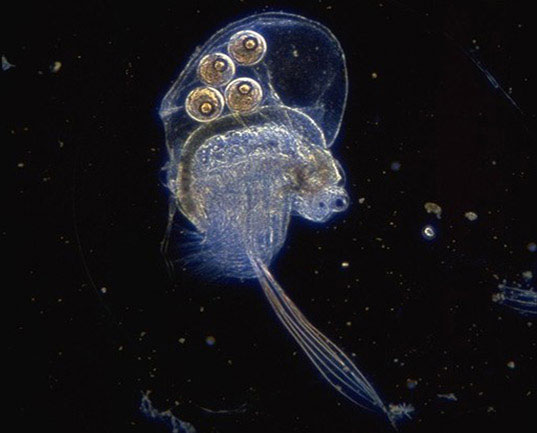مشاهدهی این که تنها با گذشت ۱۵۰ سال از صنعتیسازی، بلایی بر سر کرهی زمین آمده که ترمیمش هزاران سال به طول خواهد انجامید، بسیار غمانگیز است. اما مسئلهی ناراحتکنندهتر، رویارویی با این خرابیها در زندگی روزمره است. تبدیل شدن تعداد زیادی از دریاچههای کانادا به ژله در اثر باران اسیدی ، یکی از بدترین نمونههای این خرابیهاست.
تحقیقات اخیر نشان دادهاند که بارانهای اسیدی موجب انفجار جمعیت نوعی پلانکتون ژلاتینی در این دریاچهها شده که حتی ممکن است باعث گرفتگی در سیستم تصفیهی آب آشامیدنی کشور شود. قصه از اینجا شروع شد که بارانهای اسیدی، ذخایر کلسیم موجود در خاک اطراف دریاچههای کانادا را از بین برده و کاهش میزان کلسیم هم به نوبهی خود موجب کاهش ناگهانی تعداد پلانکتونهای حاوی کلسیم مانند شپشهای آبی Daphnia شده و به این ترتیب تعداد رقبای ژلاتینیِ بینیاز از کلسیم آنها، یعنی Holopediumها چندین برابر شد و حالا بسیاری از دریاچههای کانادا – که حدود ۲۰ درصد آب آشامیدنی را هم تامین میکنند – به ژله تبدیل شدهاند.
منبع : inhabitat
Acid Rain is Turning Canada's Lakes Into Jelly
Acid Rain is Turning Canada's Lakes Into Jelly
You’d have to be living under a rock not to know that acid rain is a monumental problem, but these days, the consequences of industrialization are beyond anything we could have imagined. Toxic pollution has gotten so bad that several of Canada’s water bodies have turned into a gelatinous mess.
Scientists at Cambridge University released a new study showing that acid rain is causing a jelly-like plankton to explode in population. Acid rain has been destroying calcium levels in Canada’s lakes, which causes calcium-rich plankton to die off, leaving their competitors to start taking over and filling in the void. The result is water that looks a lot more like a gelatin dessert than a lake.
Besides clogging up Canada’s water filtration systems, the plankton growth upsets the natural balance in the lake, which could take thousands of years to restore. And in the meantime, 20 percent of Canada’s drinking supply is threatened by the gooey water. According to Dr. Andrew Tanentzap, co-author of the study, “we may have pushed these lakes into an entirely new ecological state.”
 گجت نیوز آخرین اخبار تکنولوژی، علم و خودرو
گجت نیوز آخرین اخبار تکنولوژی، علم و خودرو 







